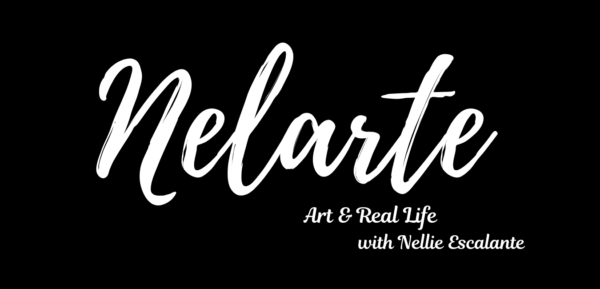
Arpilleras, produced in Chile between 1974-1989, are artworks made from appliqué or embroidery on a background of sackcloth that tell stories about one of the darkest times in Chilean history; the military dictatorship led by General Augusto Pinochet from 1973 to 1990. The regime’s political policies led to economic inequality, a crisis of healthcare, and mass torture and executions for those who opposed the government.
Art Making in Church: Two Groups of Women
This truth telling drove the arpillera makers, two groups of women, to create. On one hand they were mothers and grandmothers of the people seized by the secret police and rarely heard of again. The church office was the only place which offered help in their search for information, and there they met others in the same situation, gradually forming into a protest group, the Families of the Disappeared. The second group of women were shanty town dwellers whose families’ faced starvation due to massive unemployment. The church assisted them in setting up laundries, soup kitchens, and…art workshops. These arpilleristas were transformed into artist activists finding relief and comfort from working together, a kind of art therapy. And the church, in the middle, between despair and resistance, facilitated this healing through creativity.
Nameless Art
What strikes me about these pieces is that the work is anonymous. No one takes credit, it’s too dangerous to do so. Usually the women in the group make one patchwork each week. The themes are decided by discussion and the finished pieces are then looked over and analyzed to confirm they are well made and really “say something.” Since the Chilean government considered them a threat and forbade them to be shown or sold in the country, the earliest arpilleras were smuggled out in diplomatic pouches. The meaning of each arpillera, sometimes containing hidden messages, was important to them for this reason and remaining nameless gave their message power. The strength of their collective voice depended on it.
These patchwork pieces which have seemingly innocent, child-like qualities – colorful, playful – harnessed the power of anonymity in the collective, tapped into the practical role of the church as a community ally, and were a tool of resistance and healing against government oppression. During these uncertain times this kind of nameless, collective art making offers us the same power and hope.
Reflection
What would it look or feel like if we didnt put our name on an art piece? I wonder if there is danger in the need to take credit.
True story: I came up with a wonderful idea at my job and it went over beautifully…and I didn’t get credit for it. I’m not going to lie, I was mad but I had to repent. In essence, I came up with the idea but we all made it work, and the idea would have been meaningless without the collective effort of all involved. How can we find more opportunities to make art making more collective, without ego, especially visual art which is such a solitary act?
This writing was first featured on Thrive Collective’s Instagram during the pandemic. Thrive Collective is a beautiful example of collective art making, everyone pulling together, no individual taking credit, beautifying one neighborhood at a time. Check out their website here.
Free Arpillera PDF Lesson
Get a free Arpillera art lesson when you subscribe to Nelarte!

